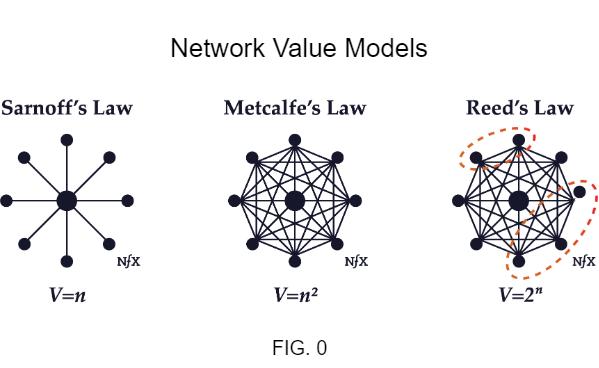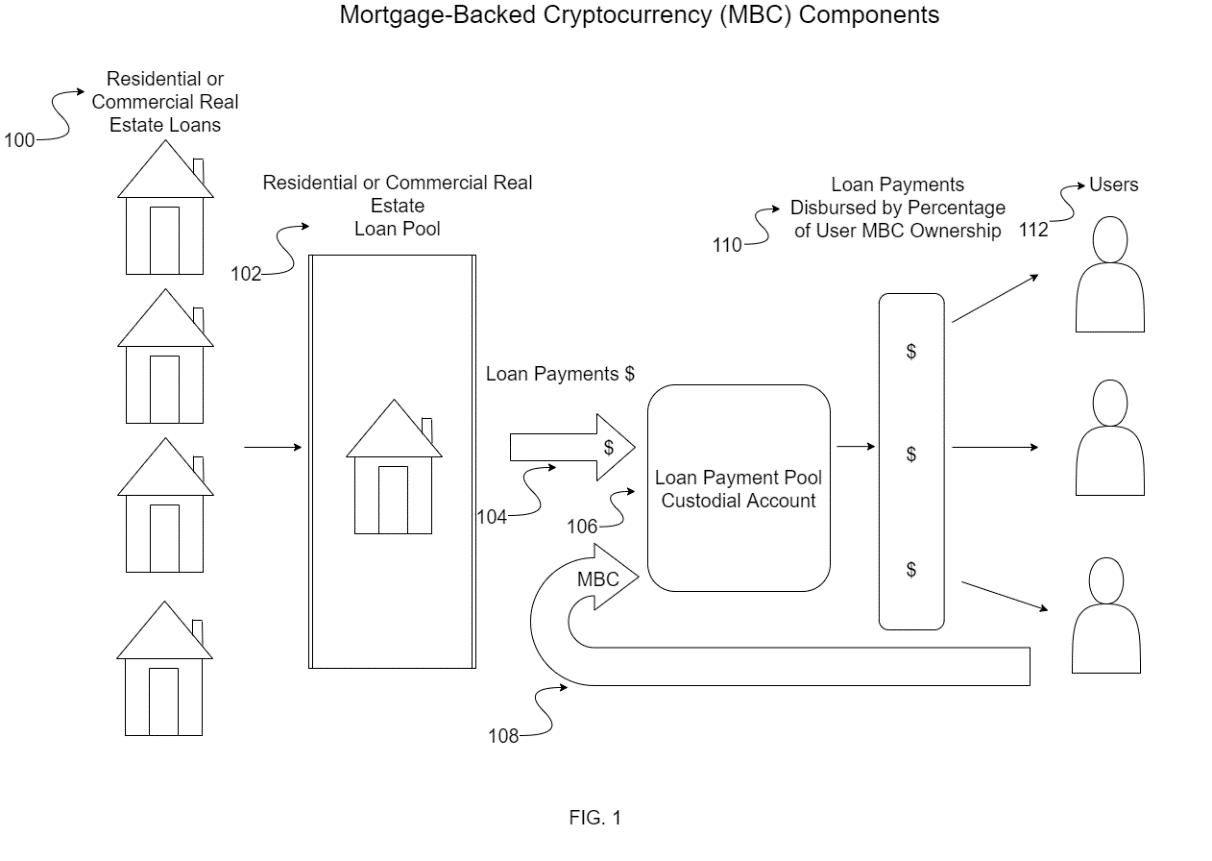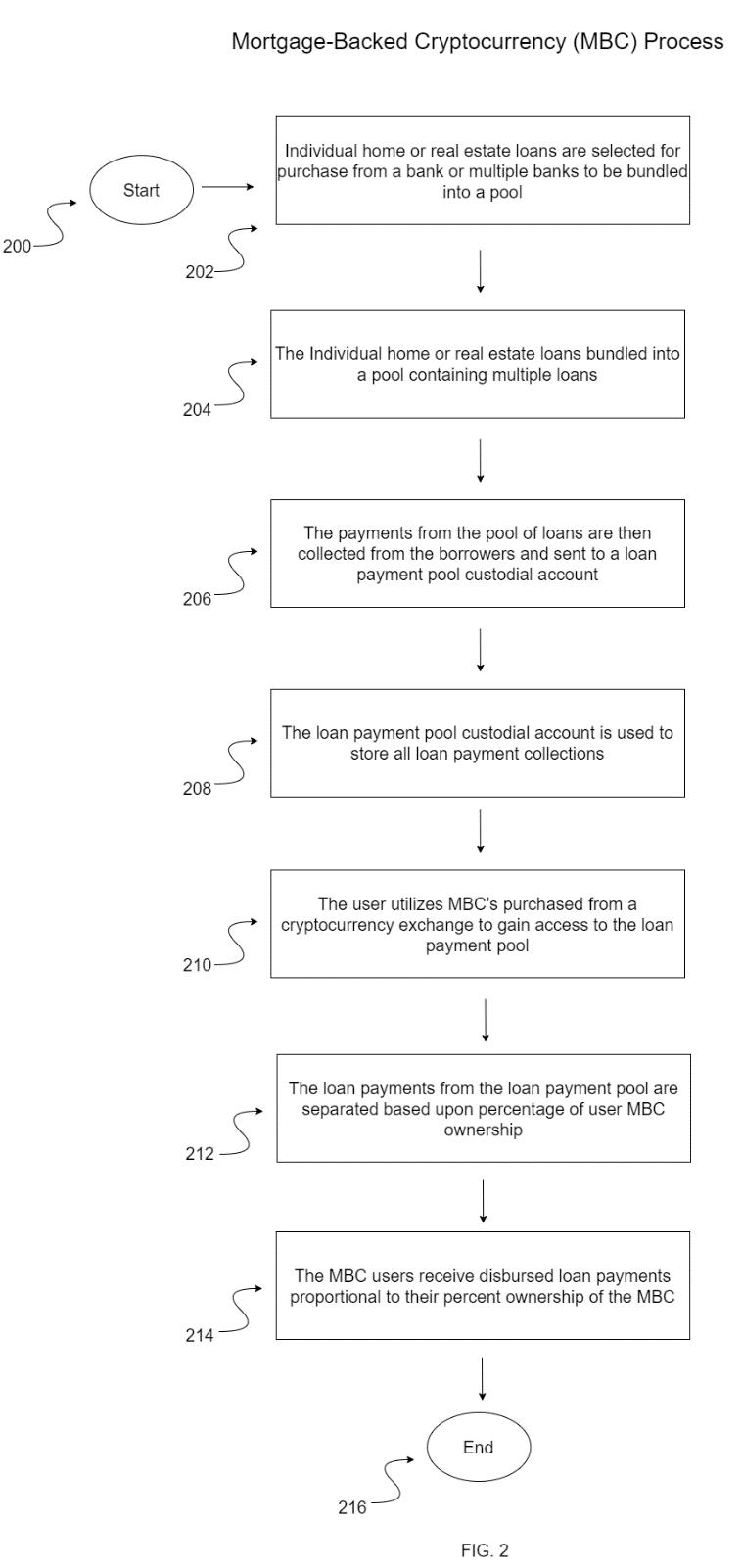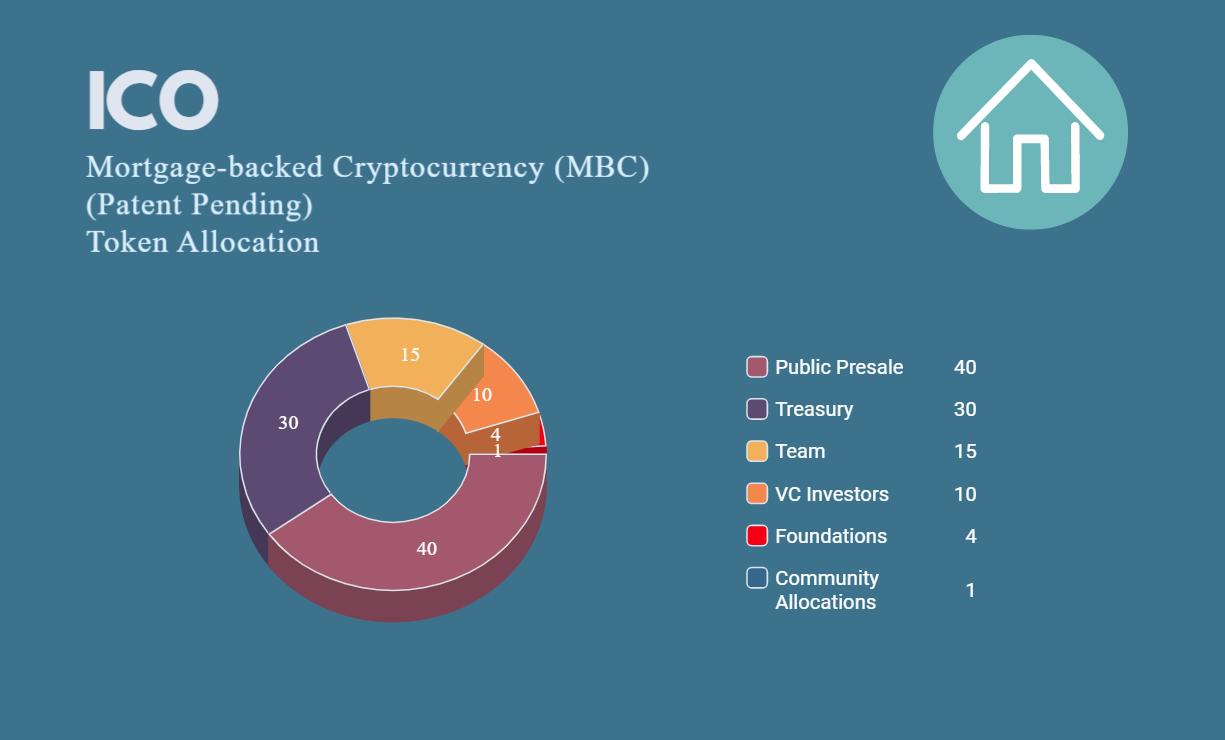
10 minute read
CONCLUSION 13
01.4 U.S. Household Investments
U.S. households and nonprofits increased their direct and indirect holdings of stocks to 43% of total financial assets as of April 2021. This represents the highest level recorded since 1952, according to Federal Reserve data.13 Research reveals that approximately 8.5%-10% of American adults opened a new taxable investment account in 2020, with about 3%–5% being such investors’ first accounts, according to a 1,300-household national survey conducted by NORC at the University of Chicago and the FINRA Foundation.14 This increase in new investments is also an opportunity for new investment in cryptocurrencies. This is especially true for millennials. About 67 percent of millennials see Bitcoin as a better store of value than gold.15
Advertisement
01.5 Network Value
Reducing the friction for buying traditional mortgage-backed assets will reduce barriers to entry for the average investor and will increase the value of the blockchain network that possesses MBCs. FIG. 0 illustrates how increases in the number of users and nodes connected within a given network exponentially increases the value of the network being used. Computer network pioneers have attempted to model how a network’s growth increases its value. These pioneers tried to describe the power of network effects. Each new model revealed that the value of networks and network growth had been substantially underestimated in the past. Each dot within these models represents a user or node. Each line represents a linked connection between users or nodes. The progression from Sarnoff’s Law to Metcalfe’s Law, to Reed’s Law illustrates that the value (“V”) of the network increases exponentially as new users and nodes (“n”) join a given network. David P. Reed additionally suggested that “groupforming networks” allow for the formation of sub-groupings or clusters which exponentially increase value even faster than other networks.16 New MBC investors will increase the value of a given blockchain by moving mortgage-backed assets from the traditional MBS investment structure to the blockchain. This exodus will increase the value of a given blockchain network by increasing the overall number of connections between groups within that network.
02 The Mortgage-backed Cryptocurrency Process
Unlike most bonds that pay semiannual coupons, investors in traditional mortgage-backed securities receive monthly payments of interest and principal.17 MBCs also disburse monthly payments to MBC investors. Users will be able to easily purchase MBCs through cryptocurrency exchanges. Cryptocurrency exchanges are privately-
owned platforms that facilitate the trading of cryptocurrencies for other crypto assets, including digital and fiat currencies and NFTs.18
02.1 The MBC Mortgage Pool
FIG. 1 illustrates how the system disburses pooled monthly loan payments to users who have purchased MBCs from cryptocurrency exchanges. Where there are multiple mortgages securing the MBS, the mortgages are aggregated or “pooled.” The pooled mortgages are then sold to one or more entities (e.g., a government agency or investment bank) that packages or “securitizes” the mortgages together into a security that investors can buy. FIG. 1 illustrates an example system configured for providing a secured cryptocurrency with mortgage payment disbursement components, in accordance with one or more implementations. In FIG. 1, one or more individual home or real estate loans 100 may be grouped into a home or real estate loan pool 102. Loan payments 104 may be made into loan payment pool custodial account 106, which may be accessible through one or more MBCs 108. In some implementations, loan payments 110 are automatically transferred and disbursed to users 112 associated with MBCs 108 by percentage of user MBC ownership.
FIG. 2 illustrates an example process for mortgage payment disbursement performed by the system of FIG. 1, in accordance with one or more implementations. Loans may be acquired through purchase from bank lenders and then bundled into a loan pool. For example, in step 200, the MBC process starts with individual home or real estate loans 100. In step 202, individual home or real estate loans are selected for purchase from a bank or multiple banks to be bundled into a pool. In step 204, individual home or real estate loans bundled into a pool containing multiple loans 102. In step 206, payments from the pool of loans 104 are collected from the borrowers and sent to a loan payment pool custodial account 106. In step 208, in one implementation, the loan payment pool custodial

account 106 is used to store all loan payment collections. In step 210, the user uses MBCs 108 purchased from a cryptocurrency exchange to gain access to the loan payment pool. In step 212, loan payments from the loan payment pool 110 are separated based upon percentage of user MBC ownership. In step 214, the MBC users 112 receive disbursed loan payments proportional to their percent ownership of the MBC. In step 216, the process ends and then restarts with the next loan payment cycle. For this process to occur, the MBC user may purchase the MBC from a cryptocurrency exchange and then use an MBC decentralized application (“dApp”) or web app to manage the recurring loan payment disbursements as shown in FIG. 3 and FIG. 4. A dApp is an application built within a decentralized network that combines a smart contract and a frontend user interface.20

02.2 Cryptocurrency Exchanges & MBC Passive Income
MBC investors will receive passive income from monthly mortgage borrower collections. Passive income is money you can earn without too much ongoing effort.19 FIG. 3 illustrates an example system configured for providing a
secured cryptocurrency with purchase and loan pool payment disbursement components, in accordance with one or more implementations. In FIG. 3, a user 300 may use Internet connected user device 302 to make payments 304 to cryptocurrency exchange 306 and obtain MBC 308. A user device 310 running an MBC decentralized dApp or web application may provide loan payment pool funds 318 the user's designated bank account 320. Loan pool payment collections 104 may be deposited into loan payment pool custodial account 106 where the user’s share of payment pool disbursements 110 may be sent to the user via the MBC dApp running on user device 310. The user device may include one or more of a mobile device, a smart phone, a personal computer, a tablet, a laptop computer, or a desktop computer. Owning MBCs creates partial pool ownership for a user based upon the total share of MBCs possessed by the user. Both web apps and dApps used with MBCs streamline investment and payment processes when compared to traditional MBSs because, for example, human brokers may not be needed to perform process steps. In addition, security and other risks associated with relying upon one or a few centralized computers (or computer systems) to confirm transactions are reduced by ensuring that multiple decentralized computers verify transactions across an entire blockchain, thus eliminating potential for a single point of failure.
FIG. 4 illustrates an example process for purchase and loan pool payment collections disbursement performed by the system of FIG. 3, in accordance with one or more implementations. In step 400, the user 300 starts the process of purchasing the MBC to receive disbursements from the loan payment pool. In step 401, the user accesses a mobile device with internet connection or a computer with a user device 302. In step 402, the user pays 304 the cryptocurrency exchange 306. In step 403, the cryptocurrency exchange 306 gives the user access to the purchased MBC 308. In step 404, the user uses a mobile device with an internet connection or a computer with an

internet connected user device 310 running an MBC dApp to deposit MBC into an MBC dApp virtual wallet. The MBC dApp virtual wallet may include a storage place for MBC, which may be organized based on by unique users. For example, a given user may have their own unique MBC dApp virtual wallet to hold their MBCs. In some implementations, the MBC dApp virtual wallet may be accessed using a web application instead of or in addition to a dApp (e.g., if virtual wallets are centralized). In step 408, collected loan pool payments 104 are sent to a loan payment pool custodial account 106. In step 410, the loan payment pool custodial account 104 accrues the collections from the loan pool. In step 411, the user's share of payment pool disbursements 110 are visible to the user within the MBC dApp. In step 412, the user withdraws their share of loan payment pool funds 318 by entering their bank account information into the MBC dApp via user device 310. In step 414, withdrawn funds are received by the user's designated bank account 320. Finally, in step 416, the process ends and then restarts with the next loan cycle. The user can also choose to adjust the settings in the MBC dApp via user device 310 to have their share of loan payment pool funds automatically withdrawn to the same designated bank account each loan cycle.
For example, if there are 20,000,000 total MBCs in circulation that are backed by a home or real estate loan pool totaling $360,000,000 USD in unpaid principal balance (UPB), and the monthly loan payment pool custodial account contained $1,000,000 USD in collections at the end of a given cycle, then a user who deposited 10,000 MBCs into the MBC dApp virtual wallet may be able to withdraw their share of loan payment pool collections totaling $1,000.00 minus servicing fees at the end of that cycle.
Furthermore, in another example, if a user uses his mobile phone to purchase 5,000 MBCs from a cryptocurrency exchange, while there are 20,000,000 total MBCs in circulation and $1,000,000 USD in collections at the end of a given cycle in the loan payment pool custodial account, that user will be able to access the MBC dApp using his mobile phone to withdraw his total share of $500 minus service fees to his bank account.
03 Tokenomics: Initial Coin Offering
As of the writing of this white paper, the total supply of MBC tokens will be 100 million per pool. The total supply of MBCs will be created at the initial coin offering (ICO). Only 100 million MBCs will ever be created per pool. Approximately forty percent of the total supply is planned to be sold via public presale, thirty percent for the treasury, fifteen percent for the MBC team, ten percent for venture capital (VC) funding rounds, four percent for foundations, and one percent for community airdrops. Additionally, robust, dApp friendly blockchain networks such as the Ethereum blockchain will initially be the home for MBCs.
As of the writing of this white paper, the treasury allocation will be used to purchase additional loans for the MBC pool on a semi-annual basis. These purchases will increase the size of the MBC pool and therefore increase the collections disbursed to MBC investors.

Token Count # Group
Description
40,000,000 Public Presale ICO public presale
30,000,000 Treasury Tokens used to purchase new mortgages semiannually
15,000,000 Team
10,000,000
VC Investment Rounds
Founders, team, company
VC Purchases
4,000,000
1,000,000
Foundations & More Community Allocations
Foundations or other incentives like testnet participation rewards Ecosystems funds or airdrops that will eventually go to the community
Percentage
40.00%
30.00% 15.00%
10.00%
4.00%
1.00%
05 Conclusion
MBCs resolve the deficiencies of both traditional MBSs and cryptocurrencies. These deficiencies are resolved by making assets backed by home or real estate loans more decentralized and easily accessible to users and by reducing extreme market price volatility. Additionally, barriers to entry are removed by eliminating sizeable minimum investment requirements and eliminating the friction caused by the need to purchase the security from a separate broker. MBCs also solve the problem of extreme market price volatility faced by many cryptocurrencies because they are backed by traditionally accepted home and real estate loans. Additionally, the centralized computers used to perform and confirm MBS transactions are vulnerable to bad actors seeking to perform counterfeit transactions, fraudulent payouts, or even to erase records associated with authentic investments. MBCs will revolutionize pooled mortgage securities, the secondary mortgage market, and cryptocurrencies.


